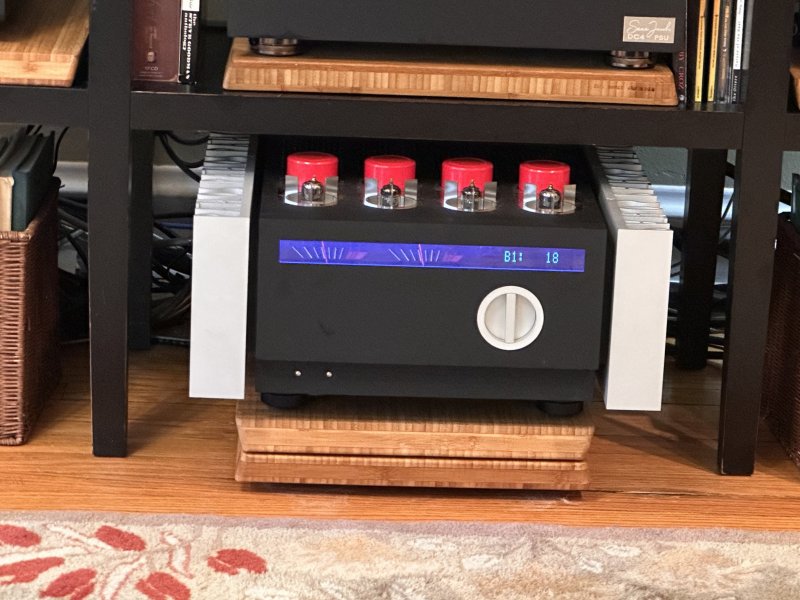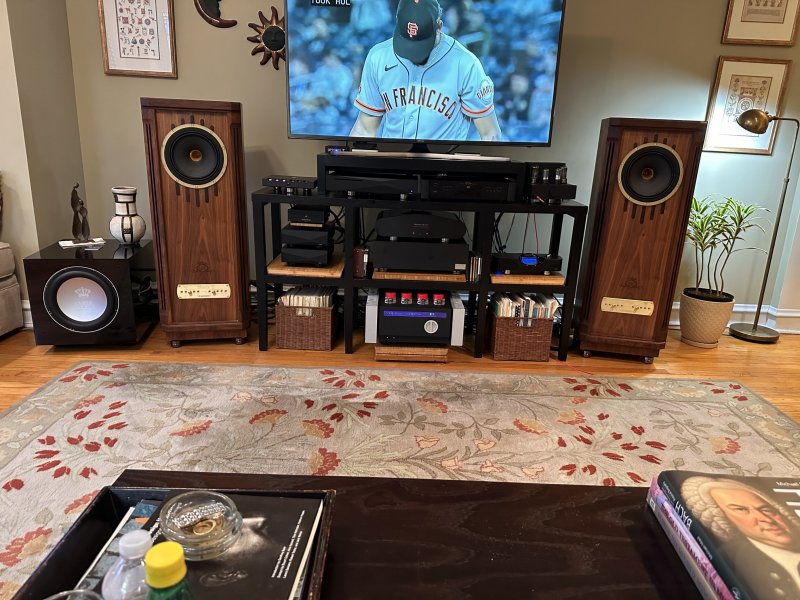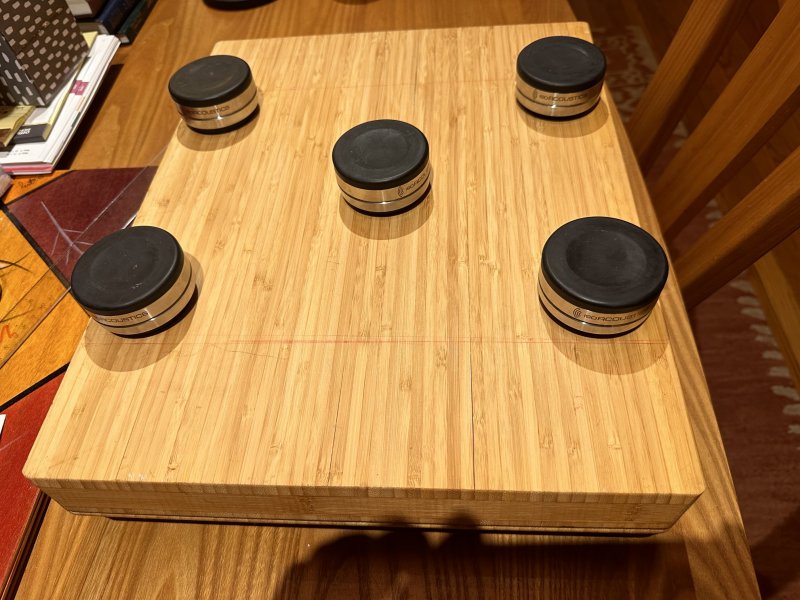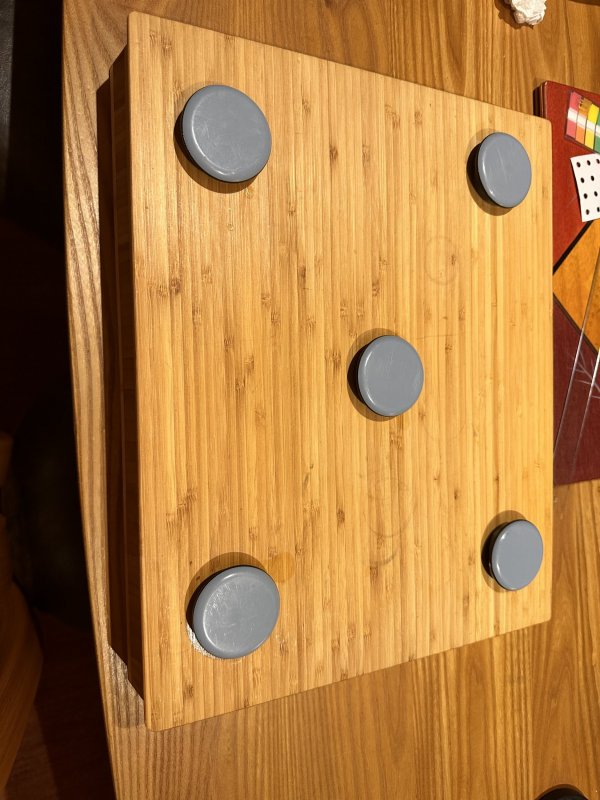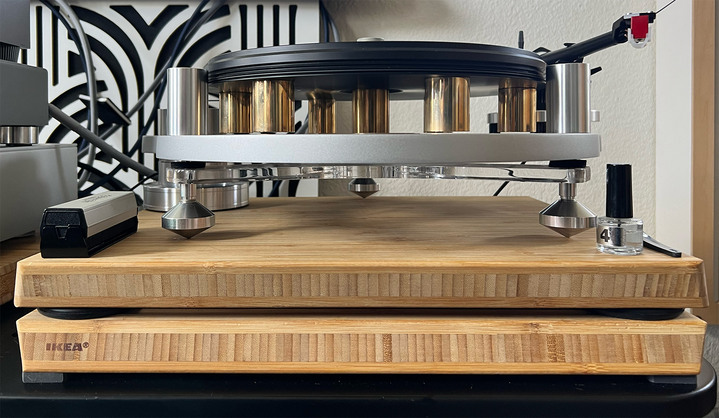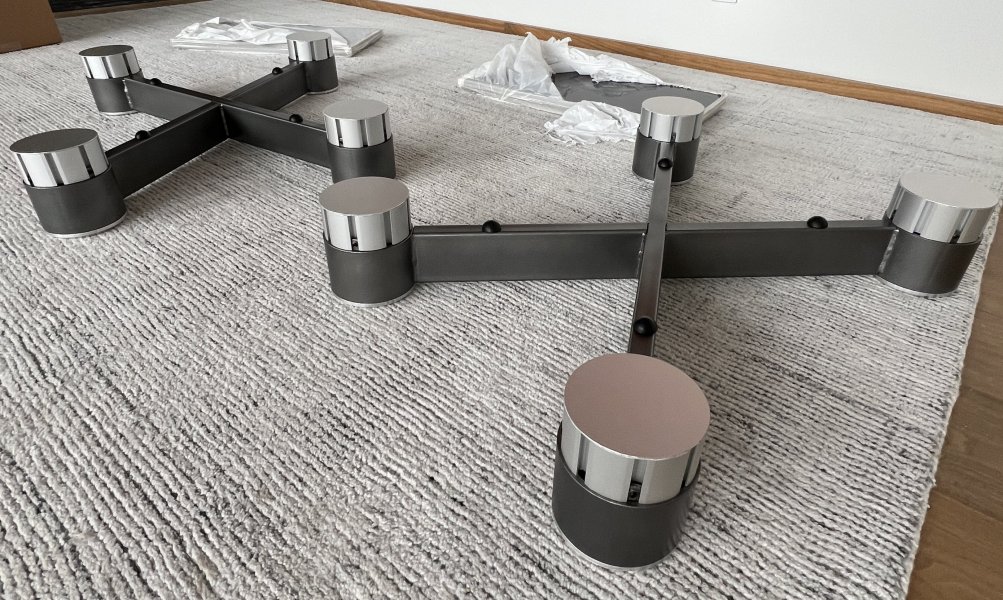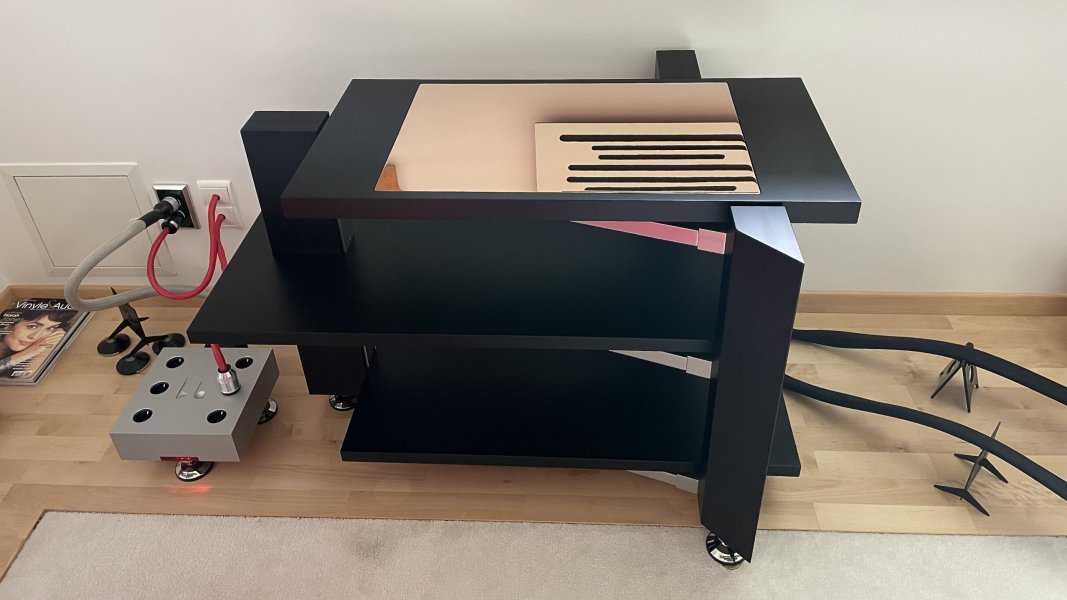No. If damped perfectly it will perform the best. Many stands I've seen are really poorly damped. I know of one equipment stand (not sure if its still made) that actually added resonance- the thing rang like a bell.
If you're going to slap stuff together using by gosh and by golly techniques, expect to spend some time trying to sort out what's going on. Some simple measurements could save you a lot of time:
Yes- hard to discuss because people don't like to hear that they are wasting their time- and so they shoot the messenger.
You could measure a frequency sweep emitted by the speakers in the room in which the damping is used. 'Before' and 'After''... A sweep generator and a microphone, plus a bit of software would get you down the road on that. You could easily show were the damping was working- and where it was not. These days that's pretty easy stuff you can do on a phone or tablet.
We've been working with damping for decades. We used it in our turntable, beneath the turntable, using a platform and a custom built stand for it, in our preamps, beneath our preamps and beneath our amps as well as on individual tubes.
What we found is that if the damping is really working, for example inside a preamp, then adding a good damping platform simply makes it all work better. I've yet to see a situation where properly designed and applied damping didn't make an audible and measurable improvement.
So when I hear about stuff being 'over damped' it suggests to me that damping principles aren't being applied. At the very least a person could learn from how Empire killed resonance in their platters 50 years ago by using two parts each with different resonant frequencies mated together so the two rob energy from each other. Or figure out the difference between extensional damping compounds as opposed to constrained damping layers. By gosh and by golly doesn't cut it.
Very interesting, Ralph. Thank you.
If I am understanding you correctly you disagree with this alternative view:
1) Everything in vinyl playback involves resonance: the platter, the plinth, the cartridge, whether the speakers are made of wood or aluminum, the resonant or non-resonant nature of component shelves and stands, etc.
2) Damping everything as much as possible can drain the life and energy out of the music.
3) The goal is not to damp things as much as possible; rather the goal is to manage resonance judicially and carefully to achieve the most natural and alive resulting sound.



